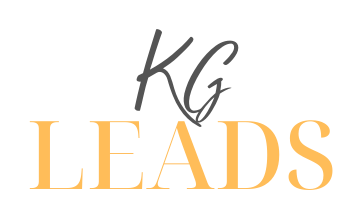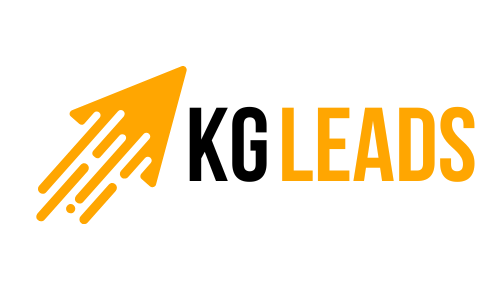Understanding Marketing Funnels: Turning Clicks into Loyal Customers
If you’ve ever wondered how people go from hearing about your business to actually becoming paying customers, the answer lies in your marketing funnel. Think of it like a roadmap for your buyer’s journey, from that first spark of curiosity to the final “I’m in!” purchase moment.
A solid marketing funnel doesn’t just happen by chance. It’s the foundation of any effective digital marketing strategy, guiding potential customers step-by-step through awareness, interest, decision, and action. And when it’s done right, it helps you attract better leads, improve conversions, and ultimately build lasting relationships with your audience.
But what exactly makes a funnel work, and how can you make sure yours is doing its job? Let’s break it down.
Why Marketing Funnels Matter
Before diving into the stages, it’s important to understand why funnels are so powerful. The truth is, not every person who learns about your business is ready to buy right away. Some need more information. Some want to compare options. Others might simply be curious for now but plan to purchase later.
A marketing funnel helps you nurture people at every stage of that journey. It ensures you’re giving the right message to the right audience, at the right time. By mapping out this process, you can:
- Understand where leads are dropping off and how to fix it
- Target your marketing campaigns more effectively
- Create personalized content that builds trust
- Guide potential customers smoothly toward conversion
In short, funnels turn your marketing from guesswork into strategy.
The Stages of a Marketing Funnel
Like any great story, the buyer’s journey has chapters, and each stage of the funnel plays a unique role in shaping your customer’s experience.
List of Services
- Top of the Funnel (TOF): Awareness
List Item 1
This is where it all begins. The top of the funnel is all about awareness: helping people discover your brand for the first time. At this stage, they’re not ready to buy; they’re just learning. Your job? Educate, inform, and inspire.
Great TOF content is valuable, easy to digest, and focused on solving common pain points your audience might have. Think of it as a friendly wave; you’re introducing yourself, not pitching.
Examples of TOF content include:
- Blog posts and helpful guides
- Social media posts and videos
- Infographics that simplify big ideas
- “How-to” articles or quick tips
- Pop-ups that offer free resources or newsletters
- Middle of the Funnel (MOF): Consideration
List Item 2
Now that your audience knows you exist, it’s time to deepen the relationship. The middle of the funnel is where people start thinking seriously about solutions, and you want to be the one they trust.
At this stage, focus on building credibility and showing value. You’re nurturing leads, addressing concerns, and proving that your business understands their needs better than anyone else.
Strong MOF content includes:
- Case studies and customer success stories
- Email newsletters that deliver consistent value
- FAQs that answer real concerns
- Webinars or workshops
- Detailed product or service pages that showcase benefits
- Bottom of the Funnel (BOF): Conversion
List Item 3
This is the big moment; your potential customer is ready to make a decision. The bottom of the funnel is all about giving them the confidence to choose you.
Your goal here is simple: remove hesitation. Show proof, build trust, and make it easy to take action.
Effective BOF content examples:
- Testimonials and client reviews
- Product demos or free trials
- Pricing breakdowns and comparison charts
- Case studies presented in interview or video format
- Personalized email offers or consultations
Beyond the Funnel: Keeping Customers Engaged
Here’s where many businesses stop, and that’s a mistake. The funnel doesn’t end when a sale happens; it just evolves. After conversion comes retention and loyalty, where you keep your customers engaged, supported, and coming back for more.
Keep nurturing those relationships through ongoing communication, exclusive offers, and great customer experiences. Loyal customers are not only repeat buyers, they’re also your best promoters.
Why Every Business Needs a Funnel Strategy
No matter your size or industry, a marketing funnel strategy helps you stay focused and consistent. It gives structure to your efforts so you’re not just posting, emailing, or advertising randomly; you’re guiding your audience intentionally toward a clear outcome.
Funnels also help you spot weak points in your campaigns. If engagement is strong but conversions are low, maybe your middle or bottom funnel content needs tweaking. If traffic is low, maybe your top-funnel awareness isn’t strong enough. With the right data, you can refine each stage for better results.
Final Thoughts on Marketing Funnels
At the end of the day, marketing funnels are about connection, understanding where your audience is in their decision process and meeting them there. It’s not about pushing people to buy; it’s about helping them make the best choice, naturally and confidently.
By investing in a smart, well-designed funnel, your business builds momentum that keeps customers coming (and staying) for the long haul.




